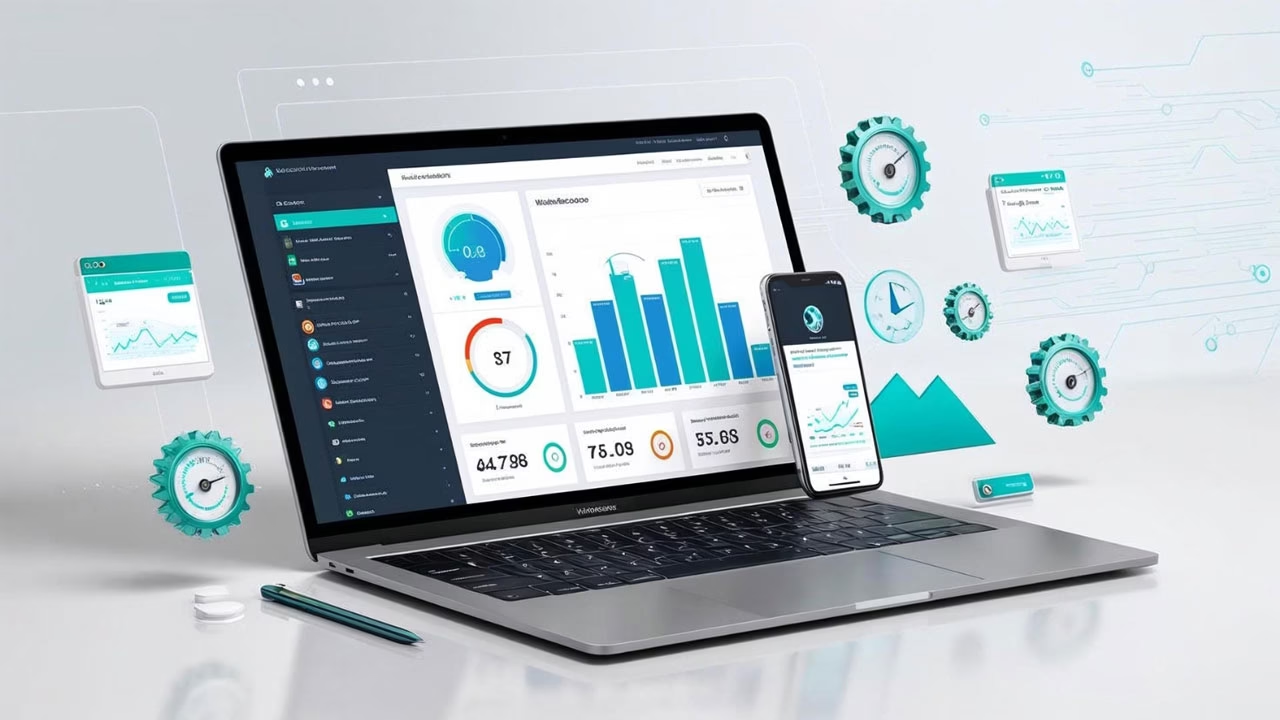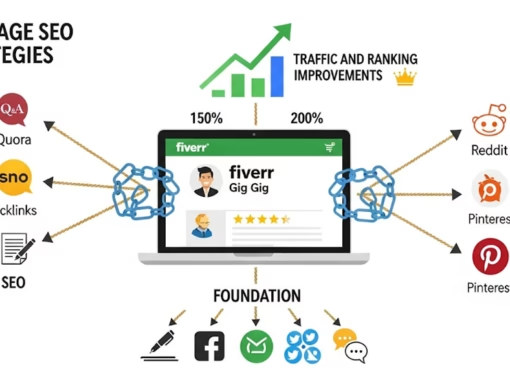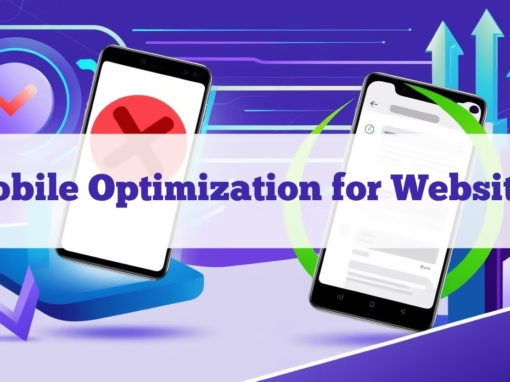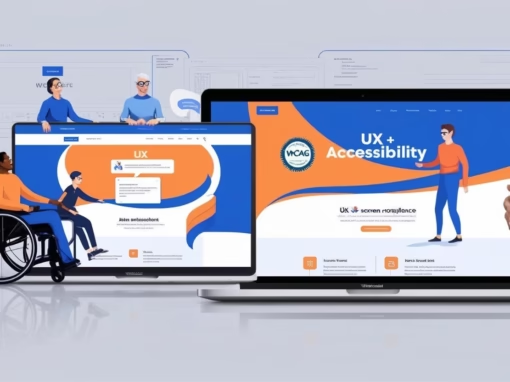Website testing and optimization are fundamental to creating a successful online presence. In today’s fast-paced digital world, users expect websites to load quickly, function smoothly, and provide a seamless experience on any device. If your website is slow, buggy, or difficult to use, you risk losing visitors and damaging your brand reputation.
This guide covers ten essential steps to ensure your website performs at its best. Whether you’re launching a new site or fine-tuning an existing one, these optimization strategies will help you deliver speed, functionality, and an outstanding user experience.
1. Test Website Functionality
A website should not only look good—it must work flawlessly. Functionality testing ensures that every feature, form, and interaction on your site behaves as expected. Broken buttons, non-working links, or malfunctioning forms can frustrate users and harm your credibility.
✅ Checklist:
- Test all forms (contact, quote request, etc.)
- Verify navigation links across pages
- Check buttons and CTAs for proper behavior
- Ensure image sliders and popups function correctly
- Confirm that all interactive elements work across devices
2. Optimize Website Speed
Website speed has a direct impact on user engagement and search engine rankings. A delay of just a few seconds can lead to increased bounce rates and lost conversions. Optimization tools and best practices can significantly improve loading times.
✅ Speed optimization tips:
- Compress images without losing quality (e.g., TinyPNG)
- Install caching plugins like WP Rocket
- Minify CSS, JavaScript, and HTML files
- Use lazy loading for images and videos
- Choose a reliable hosting provider and content delivery network (CDN)
3. Ensure Browser and Device Compatibility
Your website must perform consistently across all modern browsers and device types. A page that looks perfect on Chrome might break in Safari or display poorly on a smartphone if not properly tested.
✅ Cross-platform testing tips:
- Check on Chrome, Firefox, Safari, and Microsoft Edge
- Use tools like BrowserStack for real-device testing
- Ensure responsive layouts work on mobile, tablet, and desktop
- Avoid browser-specific styles or features
4. Improve SEO Performance
SEO isn’t just about keywords; it’s about structured content, performance, and accessibility. A well-optimized website can gain higher rankings and reach more potential visitors.
✅ Basic SEO practices:
- Use descriptive meta titles and meta descriptions
- Optimize image alt attributes
- Implement internal and outbound links
- Structure content with H1, H2, and H3 tags
- Add your focus keyphrase: Website Testing and Optimization
5. Enhance User Experience (UX)
User experience is the foundation of a successful website. When users enjoy interacting with your site, they’re more likely to engage, trust, and convert. Good UX combines aesthetics with usability.
✅ UX best practices:
- Keep the layout clean and intuitive
- Ensure buttons and links are clearly visible
- Use legible fonts and adequate spacing
- Prioritize mobile-first design
- Provide clear calls to action
6. Monitor Website Performance Regularly
Continuous performance monitoring allows you to detect issues early and maintain optimal functionality. Real-time feedback tools can help you stay ahead of problems before they affect your users.
✅ Performance monitoring tools:
- Google PageSpeed Insights
- GTmetrix for waterfall analysis
- Pingdom for uptime checks
- Google Analytics for traffic insights
- UptimeRobot for monitoring server status
7. Secure Your Website
Security isn’t just a backend concern—it directly impacts user trust. An unsecured website can be penalized by search engines and avoided by users.
✅ Website security tips:
- Use HTTPS by installing an SSL certificate
- Keep WordPress, themes, and plugins updated
- Install security plugins like Wordfence or iThemes Security
- Use strong usernames and passwords
- Regularly back up your site and scan for malware
8. Clean and Optimize Your Database
Over time, your WordPress database can become cluttered with spam comments, post revisions, and transient data. Cleaning and optimizing your database can improve load times and site responsiveness.
✅ Optimization checklist:
- Use WP-Optimize or Advanced Database Cleaner
- Remove spam and trashed comments
- Delete old post revisions
- Limit autosave frequency
- Backup before any major cleanup
9. Use a Staging Environment
A staging environment is essential for safely testing updates, plugins, and design changes without affecting the live site. It allows you to identify and fix issues in a risk-free environment.
✅ Staging environment benefits:
- Safely test new themes, plugins, and updates
- Collaborate with your team before deployment
- Reduce the chances of downtime or broken pages
- Use version control tools like Git for tracking changes
- Choose hosting with built-in staging (e.g., SiteGround, Kinsta)
- Learn how to clone an Elementor site to a staging environment without copying the whole site.
10. Collect and Analyze User Feedback
User feedback helps identify real-world usability issues and guides future improvements. Sometimes, analytics alone can’t reveal how users truly experience your site.
✅ Feedback collection methods:
- Use tools like Hotjar or Microsoft Clarity for heatmaps
- Add surveys or polls via Google Forms
- Implement feedback popups
- Track customer support queries for recurring issues
- Conduct A/B tests to compare design elements
Final Thoughts
Website testing and optimization should be a routine part of your web development workflow. By regularly testing functionality, speeding up performance, and improving the user experience, you’ll create a site that users love—and Google rewards.
With these ten steps, you’re well on your way to building a faster, safer, and more effective website that works on every device and delivers results.









0 Comments